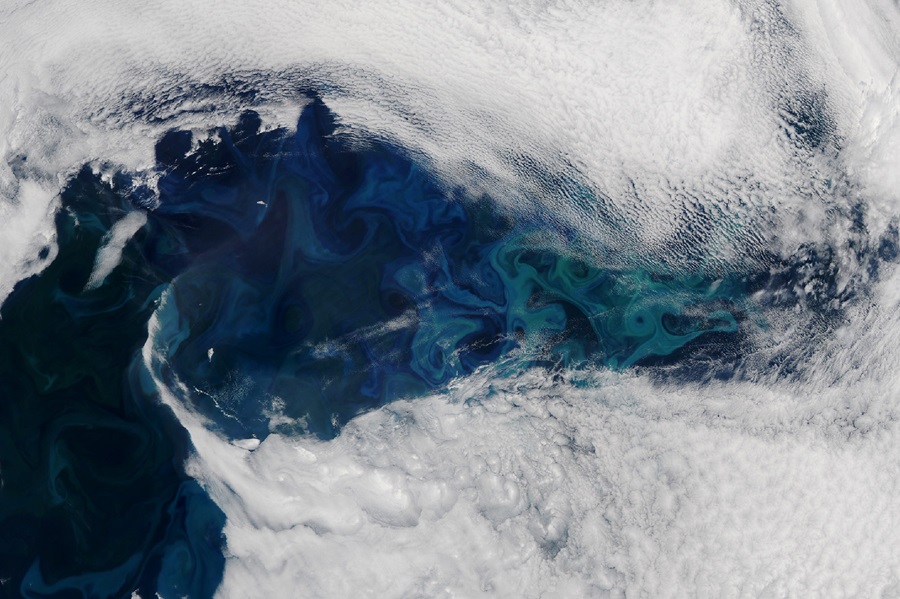Our recent inhospitable fall weather continued to dominate the waterfront, with east and northeast winds making going out and catching fish challenging. Despite the lack of southerly winds, though, water temperatures are holding their own, and the bass are not in a hurry to leave and start their southern migration. The bottom line is there are still quite a few striped bass around, and the most consistent area to catch them remains along the backside ocean beaches to the Peaked Hill Bar. Bluefish seem to be concentrated deep in the bay, off Sandy Neck and Barnstable.
We have been very fortunate to have avoided the effects of any tropical weather systems up to now, and with the ocean water now a bit chilled it would take a lot of juice out of any system that tried to come up the coast and hit us. Warm sea water is hurricane fuel, and a lack of it has the opposite effect.
One of the reasons Hurricane Helene intensified so rapidly was that the Gulf of Mexico’s surface temperatures were as high as 86 degrees F. That is insanely warm even by Gulf of Mexico standards. As I write this, however, there are multiple systems percolating in both the Atlantic Ocean and the Gulf of Mexico, so those of us on the East Coast have a ways to go before we can ring the all-clear bell.

One thing an intense low-pressure system does for the ocean is give it a good mixing, which it needs from time to time. When there is a lack of wind-driven waves and currents, the ocean tends to stratify, and that makes it hard for nutrients to travel up to the water’s surface or for dissolved oxygen to make its way down to deeper ocean layers.
If you have ever gone scuba diving, you know that the thermocline is the transitional layer between colder nutrient-rich water and warmer less fertile water. When you pass through the thermocline on your way down, you notice the very sudden and distinct difference in the layers’ temperatures — there is nothing gradual about the change.
The depth and strength of the thermocline vary. Typically, in climates like ours, the thermocline is deepest during the summer. But this summer, lobstermen were dealing with such an extreme thermocline that the bottom water actually got too cold for lobsters, and they left for shallower warmer waters.
When we get a big blow with bigger waves and stronger currents, thermoclines get broken apart and the layered water can now mix, making the vertical temperature differences less drastic and allowing nutrients to move up and down the water column. While big storms can sweep fish and sediment in destructive waves, it can also bring on phytoplankton blooms and a burst of marine life.
Whale watching has been terrific all season but particularly now. Lately there have also been a lot of sightings of Risso’s dolphins, also known as grampus. These dolphins are found nearly worldwide, from cold and temperate to tropical waters, in the Indian, Pacific, and Atlantic oceans, but for whatever reason we don’t see them often around here. Squid is their preferred food, and we have plenty of that. They are closely related to pilot whales, which we used to see fairly regularly here, though they have not been around much at all.
It’s a big ocean out there, and these whales thankfully still have plenty of options regarding where to settle in. All we can do as watchers is hope they pick our area and stay for a while.
